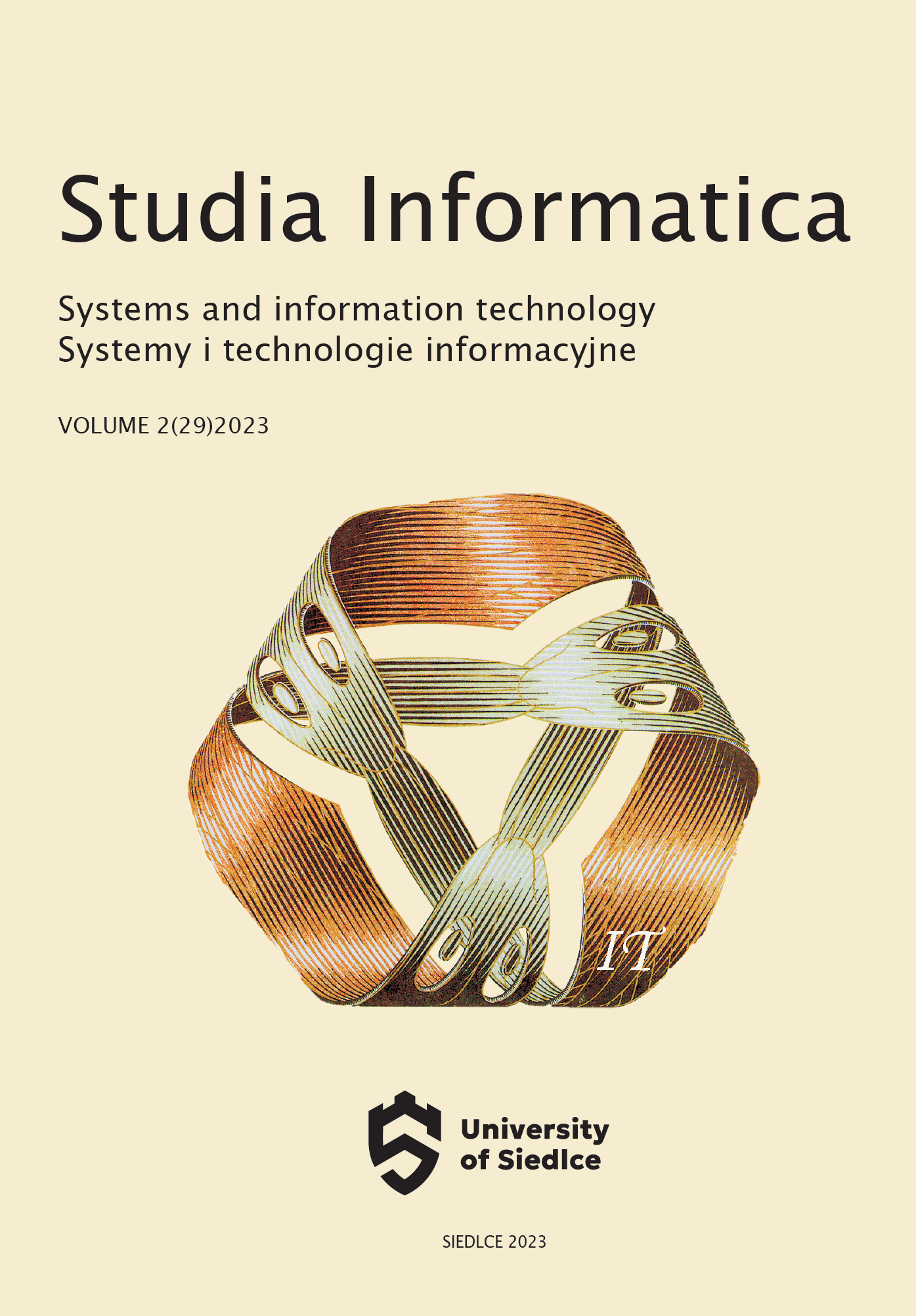Application of artificial neural networks and NEAT algorithm to control a quadcopter
DOI:
https://doi.org/10.34739/si.2023.29.03Keywords:
Artificial Neural Networks, Unmanned Aerial Vehicles, NEAT Algorithm, Unity, GazeboAbstract
We present a framework for building ArtificialNeuralNetworks (ANNs) able to control a quadcopter and perform basic maneuvers, like hover or following waypoints. In this approach, we make use of the Neuroevolution of Augmenting Topologies (NEAT) algorithm which is aimed at creating the network structure and the weights in result of evolutionary computations. In order to evaluate fitness of individuals, we use physics based, realistic simulation engine Gazebo, where each individual controls a drone in a simulated environment. Our approach is aimed at using one of existing, popular protocols used to remotely control drones, and train ANNs able to imitate signals received from a radio controller operated by a human pilot. Thus, contrary to the most of other approaches, our autonomous controller cooperates with standard drone software. Our ultimate goal is to train ANNs able to control a real-world quadcopter and perform advanced tasks autonomously. Not only such ANNs should be able to perform the maneuvers correctly, but they should be small enough to transfer them into a quadcopter’s limited memory. In this paper we report the first stage of our project - a successful development and deployment of the ANNs distributed training framework, and choosing the activation function for further research.
Downloads
Downloads
Published
Issue
Section
License

This work is licensed under a Creative Commons Attribution-NonCommercial-NoDerivatives 4.0 International License.




